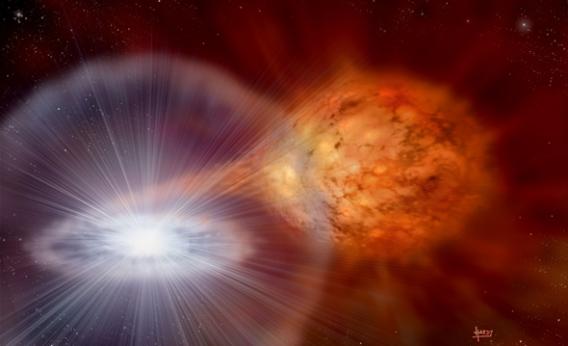Create a free profile to get unlimited access to exclusive videos, sweepstakes, and more!
Crash Course Astronomy: Multiple Star Systems

The stars are not as they seem.
The nearest one is tens of trillions of kilometers away, a distance so terrible that the might and power of Alpha Centauri is reduced to a faint spark that can be washed away by the lights of a nearby city.
Distance shrinks details, too. Alpha Centauri is not one star, but two: one very much like the Sun, though slightly larger, orbiting and orbited by another that is somewhat fainter, cooler, and more orange. There’s also a third star, Proxima Centauri, which orbits the pair but is so faint it can’t be seen by the naked eye even though it is in fact the closest known single star to the solar system.
A large fraction of all the stars in the sky are actually multiple stars—binary, trinaries, or even more complex systems. That alone is enough to want to know more about such multiples; but once you look closer you find that such systems become critically important to our understanding of everything in the Universe.
And, contrary to my usual nature, that’s not an overstatement. Find out why in this week’s episode of Crash Course Astronomy: Binary and Multiple Stars.
I’m excited that this phase of Crash Course is airing: We’re traveling farther out into the Universe, even though we haven’t even left our cosmic backyard yet. But there are larger structures to explore, and grander things yet to see. Just you wait.


























